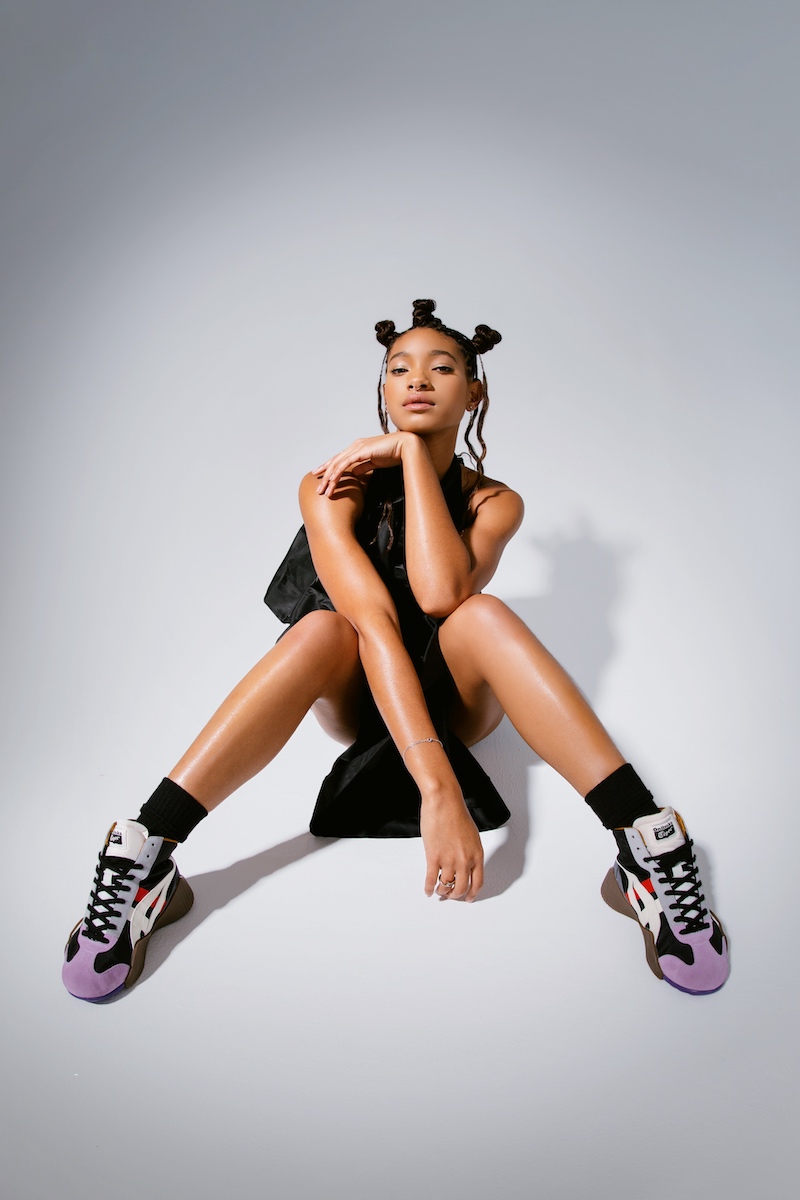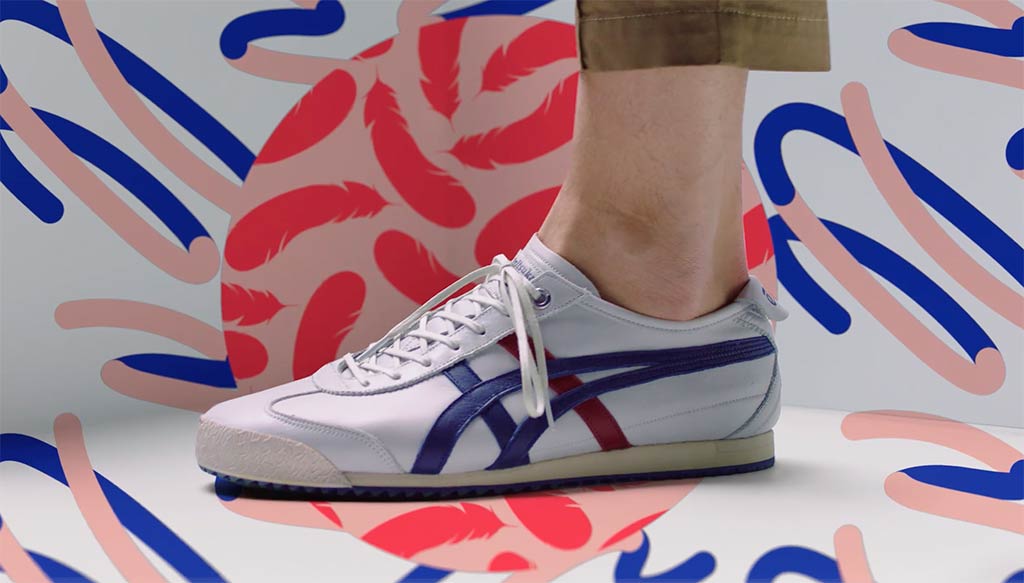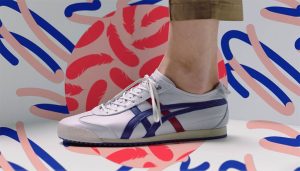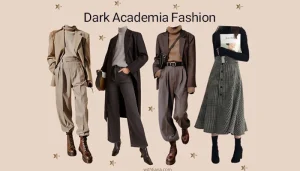Onitsuka Tiger, the Japanese brand that first captured the attention of athletes, is now celebrated for its combination of heritage and contemporary style. The legacy goes beyond its origins in the 1940s, but what is it about this brand that continues to captivate a diverse audience—from sneaker enthusiasts to the fashion conscious? This guide explores the evolution of Onitsuka Tiger, its most iconic models, key collaborations, and how to style the sneakers.

The History of Onitsuka Tiger: From Track Shoes to Style Icon
It all started in 1949, shortly after the war. Kihachiro Onitsuka’s believed that “sports have the power to change people’s lives” and Onitsuka Co., Ltd. began as a sports shoe company with a vision to improve athletes’ performance. In its earliest phase the company made basketball shoes and experimented with sole designs. A particularly inventive moment came in 1951 with a basketball shoe whose tread was inspired by the suction‑cup grip of an octopus — was designed to help players with sudden stops and turns. PS the Japanese high school team that first wore the shoes won their championship!
What began as a focus on basketball and athlete’s shoes soon expanded into different sports. The brand then looked to long‑distance running and working with athletes: observing that heat and friction caused blisters, Onitsuka drilled ventilation holes into running shoes in 1960. Japanese innovation came into its own at the 1964 Tokyo Games. It was here that the iconic RunSpark debuted – Onitsuka Tiger’s first fixed track spikes for athletes. Athletes could select from four different spike lengths, depending on track conditions. The line featured a number of shoe structures, including a heel with layers of soft sponge to help absorb shock upon impact with the ground. However, it was the “Mexico 66” design in 1966 that marked its pivotal moment during the 1968 Mexico Olympics.
By performing excellently at international events, Onitsuka Tiger earned its stripes as one of Japan’s top sports shoe makers. And the rest of the world took notice. American middle-distance runner and Bill Bowerman protege Phil Knight met with Mr. Onitsuka as part of his MBA studies in marketing athletic shoes. He was inspired to set up Blue Ribbon Sports to bring Onitsuka Tiger shoes to the US. The company was soon to become Nike, while Onitsuka Tiger later created the Tiger Cortez in response to a request from Blue Ribbon Sports.
In 1977, the merging of Onitsuka Tiger with two other companies led to the formation of ASICS, which allowed Onitsuka Tiger to become its lifestyle and fashion division and marked the end of its purely sports‑shoe era. The California model was made for jogging. It helped maintain the arch of the foot and give firm support to the toes, while the form-fitting insole allowed enough room for the toes to move. The wide, rounded heel aided in balance while landing, and the wide, curved-up toe assisted in forward movement. As a safety feature, it also had reflective patches stitched on the back of the shoes, so that drivers could see the runner from 300 meters away at night or on rainy days
In 2002, Onitsuka Tiger was revived as a lifestyle and heritage‑fashion brand, leveraging its archive of models like the famous Mexico 66. The brand began emphasising the Japanese craftsmanship, retro styling, and design collaborations — rather than purely athletics function. Today it sits within ASICS Corporation but retains a distinct identity: from its modest post‑war origins to becoming a global fashion icon, with its journey reflecting both innovation in sports footwear and the crossover into everyday culture and style.

Signature Onitsuka Tiger Models: Key Designs and Their Legacy
Mexico 66: The Classic
The Onitsuka Tiger Mexico 66, released in 1966, is the brand’s most iconic and timeless design, for its distinctive appearance and rich history. Originally created for the 1966 Summer Olympics in Mexico City, the model featured the innovative Tiger Stripes design, which remains one of the most recognizable trademarks of the Onitsuka Tiger brand. The shoe’s clean, minimalist silhouette combined with soft suede and leather, complemented by a unique nylon construction, made it a perfect combination of performance and style. Initially designed as a track and field shoe, it gained a strong following beyond athletics, making its way into street culture in the following decades. Today, the Mexico 66 is a symbol of Onitsuka Tiger’s heritage and a classic choice for sneakerheads.
GSM (Game, Set, Match)
The GSM, short for “Game, Set, Match”, takes inspiration from the golden era of tennis, combining performance features with a clean, polished aesthetic. First introduced by Onitsuka Tiger as a tribute to classic tennis shoes, the GSM features a low-profile design that balances durability and comfort. Its retro aesthetic includes a leather upper with perforated detailing for breathability and signature Tiger Stripes on the side panels. The GSM’s timeless appeal lies in its ability to evoke the clean lines and style of mid-century sports footwear, while offering modern comfort and versatility. Beyond its role as a tennis-inspired shoe, the GSM’s legacy lies in its ability to integrate into streetwear culture. Its understated design and neutral colourways have made it a versatile footwear option, while its rich sporting heritage adds a sense of nostalgia for tennis enthusiasts and sneaker collectors alike.
Ultimate 81: The Retro Runner
The Ultimate 81 is one of Onitsuka Tiger’s most celebrated models, loved by vintage sneaker collectors for its retro design and innovative features. Released in the early 1980s, the Ultimate 81 was originally designed as a performance running shoe, built with advanced cushioning technology to provide greater comfort for long-distance runners. Featuring a combination of suede, nylon, and mesh materials, the shoe provided excellent breathability and durability, making it ideal for competitive sports. Its bold design, with colour contrasts and sleek lines, made it stand out in a crowded market of athletic shoes. The Ultimate 81 is a testament to Onitsuka Tiger’s ability to blend performance with style, bridging the gap between high-performance sportswear and fashion-forward street footwear.
Delecity & OK Basketball: Modern Silhouettes
Onitsuka Tiger’s Delecity and OK Basketball models are modern, sport-inspired silhouettes. The Delecity, with its sleek, streamlined design, draws inspiration from running shoes with design elements from urban footwear trends. Featuring a mix of mesh and synthetic materials, the Delecity offers a lightweight, breathable fit, making it ideal for city living and active lifestyles. The OK Basketball shoe was designed with basketball influences, featuring high-top construction for ankle support, as well as durable leather and suede panels for comfort and protection. Both models contribute to Onitsuka Tiger’s ongoing relevance in the modern sneaker market, where performance, comfort, and style are in constant demand.
Sustainability Practices
Onitsuka Tiger has increasingly embraced eco‑friendly innovation by rethinking its materials. A standout example is the Mexico 66 Cactful, which utilises a cactus‑derived bio‑material developed in collaboration with the Mexican company Desserto. This plant‑based leather substitute, made from sustainably grown cactus fibres, reduces CO₂ emissions by 80% compared to conventional leather and avoids harmful chemicals such as PVC and phthalates. The brand has also deployed regenerated textiles and recycled components in various collections — for instance, uppers woven from recycled PET thread in its collaboration with Mae Fah Luang Foundation’s Doi Tung Development Project artisan network.
On the production front, Onitsuka Tiger is restoring a vertically‑integrated Japanese facility to serve as a dedicated innovation factory. From January 2026 the newly named Onitsuka Innovative Factory Corporation will house planning, development and production under one roof, combining high‑level craftsmanship with greater traceability of processes. By integrating artisanal methods with small‑batch production, the brand is also able to keep closer control of quality, labour practices and supply‑chain oversight.
Where to Buy Onitsuka Tiger Shoes
If you’re looking to buy a pair of Onitsuka Tiger—one of your most reliable stops is the official website. Buying direct from the brand means you’re getting full assurance on authenticity, access to the latest colourways and drop‑events, and often country‑specific shipping and return policies. You’ll also find exclusive lines or limited editions that may not appear on other retail sites. While it may cost a little more than some sales channels, you benefit from genuine warranty support and less risk of counterfeit or grey‑market products.
On the other hand, multi‑brand retailers offer a wider selection of models so you can shop comparatively and potentially snag discounts if there are sales. For example, large chains like Foot Locker list Onitsuka Tiger shoes as part of their sneaker range. This can also be more convenient if you prefer in‑store trials or faster local delivery. If you’re hunting for rare or discontinued models, resale marketplaces is where you need to be. Platforms like Depop and Grailed cater to second‑hand, vintage and collector drops of Onitsuka Tiger—with thousands of listings of older pairs and unique colourways. Just bear in mind that on resale sites you’ll need to check authenticity, condition, size‑fits, and shipping/back‑tracking policies more carefully than when trading direct.

Caring for Your Onitsuka Tiger Shoes: Maintenance Tips
Caring for Onitsuka Tiger shoes starts with proper cleaning. For leather shoes, use a soft cloth or brush to wipe away dirt, followed by a gentle leather cleaner and conditioner to keep the material soft and supple. Suede models require a suede brush to remove dirt and stains, avoiding water to prevent damage. For mesh shoes, a mild detergent and warm water should suffice, but always test on a small area first. Avoid harsh chemicals or abrasive materials that can damage the fabric or alter the colour. After cleaning, apply a protective spray to guard against water and stains.
Proper storage is essential to maintain the shape and longevity of Onitsuka Tiger sneakers. When not in use, store shoes in a cool, dry place, away from direct sunlight, as exposure can cause the material to fade or crack. Consider using shoe trees or stuffing the shoes with tissue paper to help retain their shape and prevent creasing. For added protection, keep sneakers in their original box or a breathable shoe bag to avoid dust accumulation. Proper storage ensures that Onitsuka Tiger shoes stay fresh, preserving both their function and aesthetic appeal.
Jasmeen Dugal is Associate Editor at FashionABC, contributing her insights on fashion, technology, and sustainability. She brings with herself more than two decades of editorial experience, working for national newspapers and luxury magazines in India.
Jasmeen Dugal has worked with exchange4media as a senior writer contributing articles on the country’s advertising and marketing movements, and then with Condenast India as Net Editor where she helmed Vogue India’s official website in terms of design, layout and daily content. Besides this, she is also an entrepreneur running her own luxury portal, Explosivefashion, which highlights the latest in luxury fashion and hospitality.










